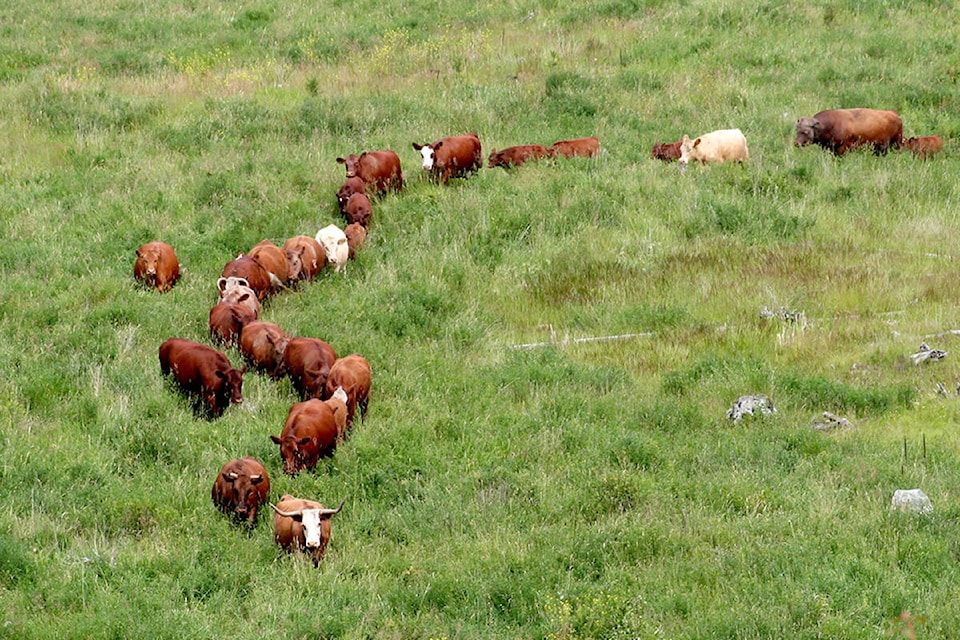Early one morning, I reviewed the published research from the Beef Cattle Research Council (BCRC), a Canada wide organization trying to get new relevant knowledge out to producers and researcher’s alike.
The report I focused on was the research on the uptake of best practices in the cattle industry. These practices should, if implemented correctly, result in more profitability, and a higher level of animal welfare as well as improved soil health.
An industry researcher once said that the delay in adopting innovations is as long as 15 years in the cattle and farming industry. Ranchers are a conservative sort of producer.
Past practices served us well enough, so why do we need to change? We are changing. There has been a great uptake for example in extending the grazing season Canada wide through different management.
But the rate of change is slower because we wait for lots of proof that a new method or practice will work for us. We probably have to take the risk and try it to see if it works for our situation.
READ MORE: Two places to store water as protection against changing climate
Earlier adoption of new practices is facilitated by a higher degree of education and training, or so the research seems to show.
There is an increase of those under age of 35 in farming and it is they, not the older wiser ones, that are making changes.
It takes energy, resilience and hope to try new or different things in an operation. Older farmers often lack those qualities. But what they lack they can make up for in demonstrating what of traditional practices are still relevant to today’s challenges.
At an agricultural research station in Africa researchers have shown that if the slash and burn of the forest is tempered by mulching the trees and brush, leaving them to rot and stop weeds, then they can plant in to the mulch successfully.
The mulch helps to keep the soil biology active and the moisture from evaporating.
The resulting crops are as economical, profitable and productive as where the soil is bared, dried out and in need of artificial fertilizer.
If we think purchased inputs to our farming and ranching systems are expensive, imagine how purchased seed and fertilizer can inhibit poor subsistence farmers.
That research station has proven that the farmers are wealthier when they practice more
conservation farming. In this case this is what the older people say used to happen.
Fungi in the soil can move nutrients a very long distance to where the plants need it, unless the farming practices “slice and dice” the very large mycorrhizal plants thus destroying their “root” networks. These networks can be acres and acres in size.
When we farmers and ranchers clear forest land and convert its use to more frequent harvesting and maybe cultivation, we have to ask the question , “Is this sustainable without nurturing the whole biology-bacteria, fungi as well as the other microscopic critters needed for soil health.
Farmers need to practice measuring results, and then adapting to different practices if required. It seems we have a way to go to make changes soon enough for our own good. I commend to producers the Beef Cattle Research Council website to keep up to date on the Best Practices and their uptake over the years.
The BCRC is producer owned and paid for from fees on the sale of cattle. It develops and extends knowledge for its owners. Use it!
David Zirnhelt is a rancher and member of the Cariboo Cattlemen’s Association. He is also chair of the Advisory Committee for the Applied Sustainable Ranching Program at TRU.
Do you have a comment about this story? email:
editor@wltribune.com
Like us on Facebook and follow us on Twitter.
